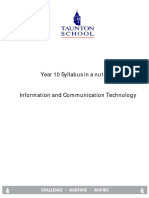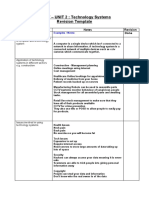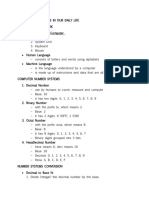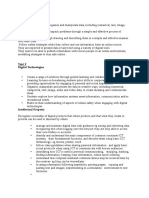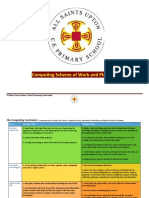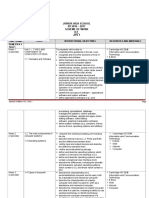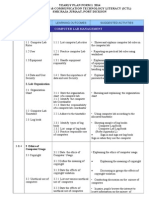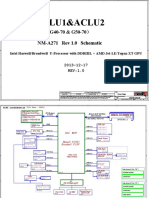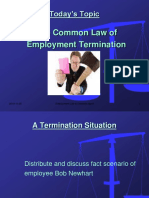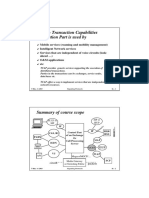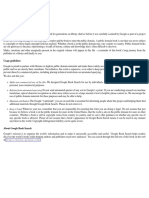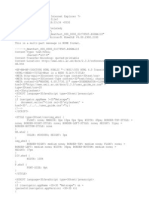0% found this document useful (0 votes)
13 views6 pagesUnit Overview - Connecting Computers - Y3
The Year 3 unit on Connecting Computers focuses on understanding digital devices, their inputs, processes, outputs, and the concept of computer networks. Students will engage in lessons that explore how digital devices function, the components of networks, and the benefits of connectivity. The unit includes hands-on activities and assessments to enhance learning and progression in technology education.
Uploaded by
allisonrichard2024Copyright
© © All Rights Reserved
We take content rights seriously. If you suspect this is your content, claim it here.
Available Formats
Download as DOCX, PDF, TXT or read online on Scribd
0% found this document useful (0 votes)
13 views6 pagesUnit Overview - Connecting Computers - Y3
The Year 3 unit on Connecting Computers focuses on understanding digital devices, their inputs, processes, outputs, and the concept of computer networks. Students will engage in lessons that explore how digital devices function, the components of networks, and the benefits of connectivity. The unit includes hands-on activities and assessments to enhance learning and progression in technology education.
Uploaded by
allisonrichard2024Copyright
© © All Rights Reserved
We take content rights seriously. If you suspect this is your content, claim it here.
Available Formats
Download as DOCX, PDF, TXT or read online on Scribd
/ 6





























